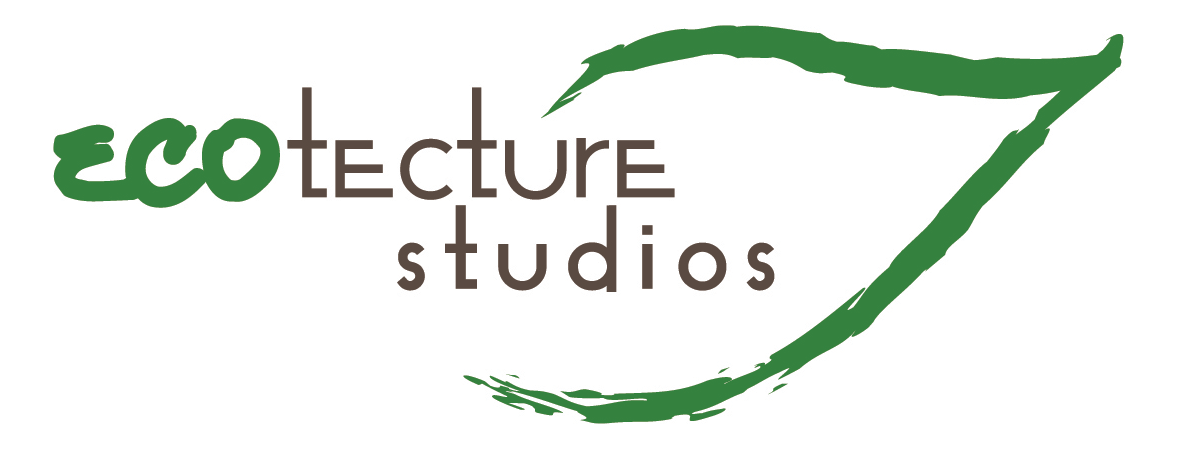About Ecotecture Studios
Greg Terch, Owner
Ecotecture Studios is the brain-child of the company's lead architect Greg Terch, a long-time student of green building literally from the ground up. His bachelor's degree in Architectural Engineering from the University of Colorado in Boulder included a strong focus on many elements of green building including heat transfer, structures, illumination engineering and daylighting. This included true engineering methods for calculating whether a method will save energy and money.
His master's degree in Civil Engineering-Building Systems (also from CU-Boulder) took these concepts a step further with focused study in the area of reflector design with an emphasis on using the design for daylighting. States Greg: "If the lights are off, so are the bills."
Greg's passion for the subject area translated to multiple teaching assignments at the University of Colorado, published academic journal articles and hands-on experience developing software that computes the interaction of light in architectural spaces.
It also led Greg to found a highly successful design/build firm in Boulder County, Colorado, that for 11 years produced some of the most prestigious architectural designs on Colorado's Front Range. From an industry standpoint, Greg's prints have been extremely well received because they are clear, concise and do not leave unresolved holes for a general contractor; they are of the highest quality a contractor could demand. From a home owner's point of view, Greg understands and has made a business out of listening to a client's wants, needs, expectations and budget parameters.
Greg is currently obtaining his LEED (Leadership in Energy and Environmental Design) Certification and recently switched to using Audodesk’s Revit software for creating all designs. This software allows him to draw in 3D and produce renderings and fly-throughs. It allows Ecotecture Studios to better demonstrate to the client what they are getting and why it is better for the environment.
As Greg embarks on his mission to design eco-conscious, sustainable homes that utilize daylighting and heat transfer to reduce carbon footprints and energy costs, he maintains that the client always is the driving force behind the design and the sustainable features of a home.
"I am a guide," he states. "I want to provide a client with the look and level of eco-friendly that each is seeking and work with them to translate that into a stunning design. The bottom line is that sustainable doesn’t have to be ugly. We are not designing hobbit homes with dirt floors and straw-bale walls. We can be smart about this and produce the same level of finish and style that I have been doing for years. It simply takes an understanding of the materials, the engineering skills and and the artistic ability of a good architect to bring it all together."



